The nation’s most recent and favorite controversy is over a viral video, taken in Washington D.C. on Friday, which depicts a confrontation between a Native American elder and a student from Covington Catholic High School.
In the video, the Native elder, Nathan Phillips, is beating his drum and chanting as one of the students, Nick Sandmann, stands directly in front of him, smiling silently. Other students around the two were cheering or recording their confrontation. Some of the students, including the one confronting Phillips, were wearing “Make America Great Again” hats.
The video doesn’t show very much about what was actually happening, and how that situation occurred. Despite this, certain news outlets, like The New York Times and The Washington Post, published biased stories about the incident, with only a single interview with Phillips. These reports led to the Diocese of Covington condemning their students’ behavior, celebrities calling for the students to be doxxed and a call against “bigoted disrespect” by the Catholic Sisters of Mercy.
As time passed and more evidence emerged, it became clear that this confrontation was not as one-sided as it seemed. As this new information surfaced, news outlets began releasing stories in an attempt to explain that the situation was more nuanced than it originally seemed, but the damage had already been done. Covington Catholic High School was closed on Tuesday, because the school and its students had received numerous threats after the incident.
The major news outlets failed to report on this story ethically, and thus, caused more suffering for the people involved.
In order to understand what The Times and other outlets did wrong, one must first understand what really happened on the steps of the Lincoln Memorial last Friday. Three groups were convening at the iconic location at the same time: the first was an organization of Native American activist, who were there as a part of the Indigenous Peoples March; the second was a group of students from Covington Catholic High School, who were there to partake in the annual March for Life; and the third was a small group of Black Hebrew Israelites, members of a group of African Americans who believe that they are the direct descendants of the Biblical Israelites. Footage taken by a member of the Black Israelites shows that the group had been verbally harassing both the Native Americans and the Catholic boys long before the confrontation occurred. Eventually, the boys get exasperated by this, and begin to respond.
According to Phillips, he believed that the boys from Covington Catholic were in the process of “attacking” the black individuals. He decided that he had to get between the two groups, in an attempt to defuse the situation. He approached to mass of students, while playing his drum and chanting. He said that he soon felt threatened by the students, and decided to “retreat” to the Lincoln Memorial in order to finish his song. At this point, he claims that Sandmann blocked his path and wouldn’t allow him to move forward. Phillips said that he heard students chanting “build that wall,” but there is no video evidence of this occurring.
The other side of this story is provided by Sandmann, however. According to the Covington Catholic student, his group’s chaperone gave them permission to chant school spirit chants in response to the harassment from the Black Israelites. He said that he never heard anyone chanting “build that wall.” According to Sandmann, this was when Phillips approached him. He said that he “was worried that a situation was getting out of control where adults were attempting to provoke teenagers.” Therefore, he stayed motionless in an attempt to “diffuse the situation,” and smiled at Phillips in order to show that he would not be provoked.
While these stories do contradict one another, it is entirely possible that both Phillips and Sandmann are being entirely honest in their retellings of the events. They each had their own perspectives as to what was going on, and it’s possible that their confrontation was the product of a mutual misunderstanding. Unfortunately, however, the stories released by major news outlets did not capture this nuance, and presented the Covington Catholic boys as aggressive and racist.
The Times, The Washington Post and various other news organizations failed this scenario because they ignored the rules of journalism.
In the freshman Journalism class at duPont Manual High School, students learn the 10 Elements of Journalism. These elements, developed by Bill Kovach and Tom Rosenstiel, serve as standards that journalists must adhere to in order for their content to be considered trustworthy and high-quality journalism. When reporters fail to follow these rules, they damage their credibility and reputation. The initial stories released by major news outlets regarding Friday’s confrontation broke one of these important Elements of Journalism; namely, the Element of Verification.
The Element of Verification states that journalists must verify the legitimacy of their information using objective methods. It does not call for journalists to be inherently objective, because that would be impossible. Instead, the Element requires journalists to fact-check the information they have, seek out multiple sources and ask various sides for comments. Verification is in order for journalists to ensure that their reporting is as truthful as possible, as journalism’s first loyalty is to the truth.
In their first articles about the confrontation, The Times and The Washington Post only refer to the short, viral video and a handful of interviews from Phillips and other Native American activists. They also included the initial reactions of prominent political figures. They did not verify any of Phillips’ claims; they did not consult any other videos about the confrontation; they did not report on the perspectives of their students or their chaperones. These stories did not even mention the Black Hebrew Israelites, whose presence is essential to understanding the situation. Their lack of verification made their articles portray the students as disrespectful, threatening and bigoted.
As more information surfaced over the weekend, most of the major news outlets attempted to correct their original mistakes. The Times and Washington Post wrote new articles that addressed the complexity of the encounter, and added a link to these new articles at the top of their original stories. CNN has repeatedly updated the original article on their website in order to include the relevant information. The conservative-leaning National Review issued an apology to the students of Covington Catholic High School. Unfortunately, it was too little, too late, and the reputations of the students and their school will not recover for a long time, if they ever do.
At the end of the day, the confrontation between Phillips and Sandmann in front of the Lincoln Memorial serves as an important warning, both to journalists, and to Americans in general. We must all be cautious of our own biases, and how they lead us to jump to conclusions. It is our responsibility as citizens to verify our sources of information, and do everything we can to ensure that we know the whole truth. Whatever your opinion is on this or any other controversy, it’s vital that base that opinion on facts, and not on your knee-jerk reaction.
“Lincoln Memorial at Night” by Ad Meskens on Wikimedia Commons is licensed under CC BY-SA 3.0. No changes were made to the original image. Use of the image does not indicate photographer endorsement of this article.


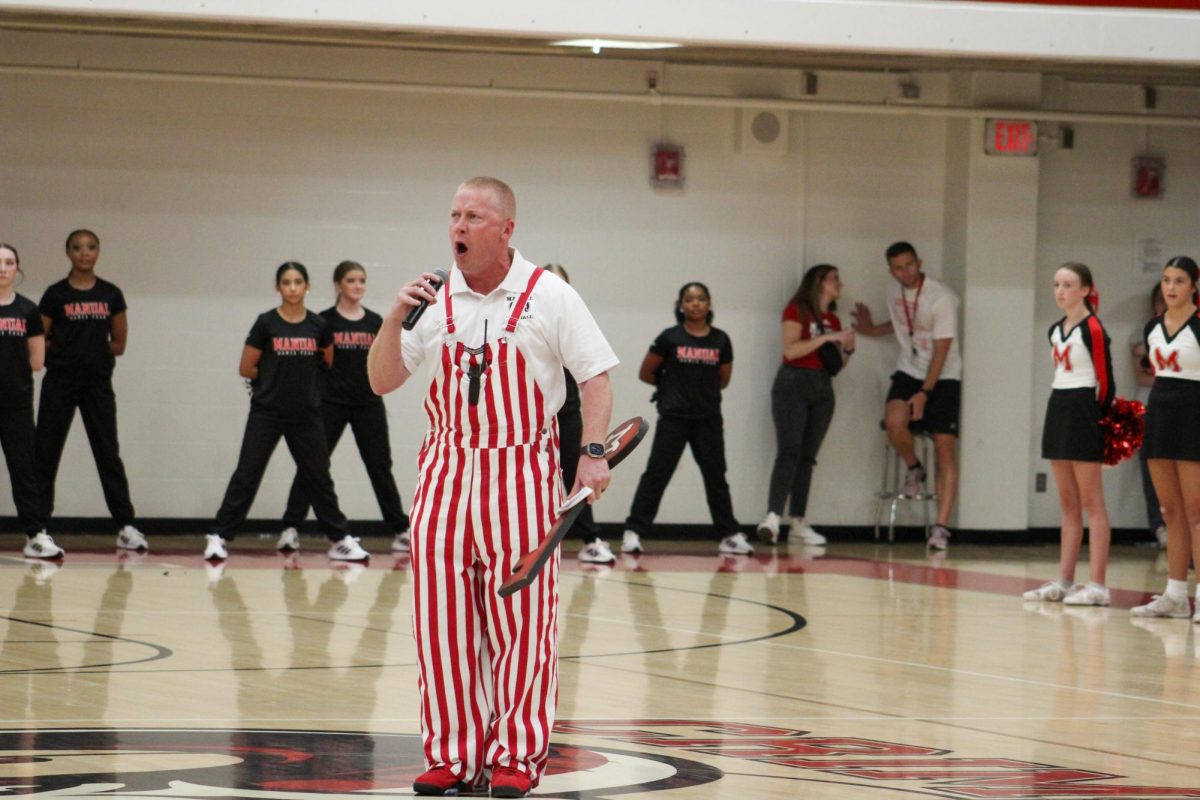
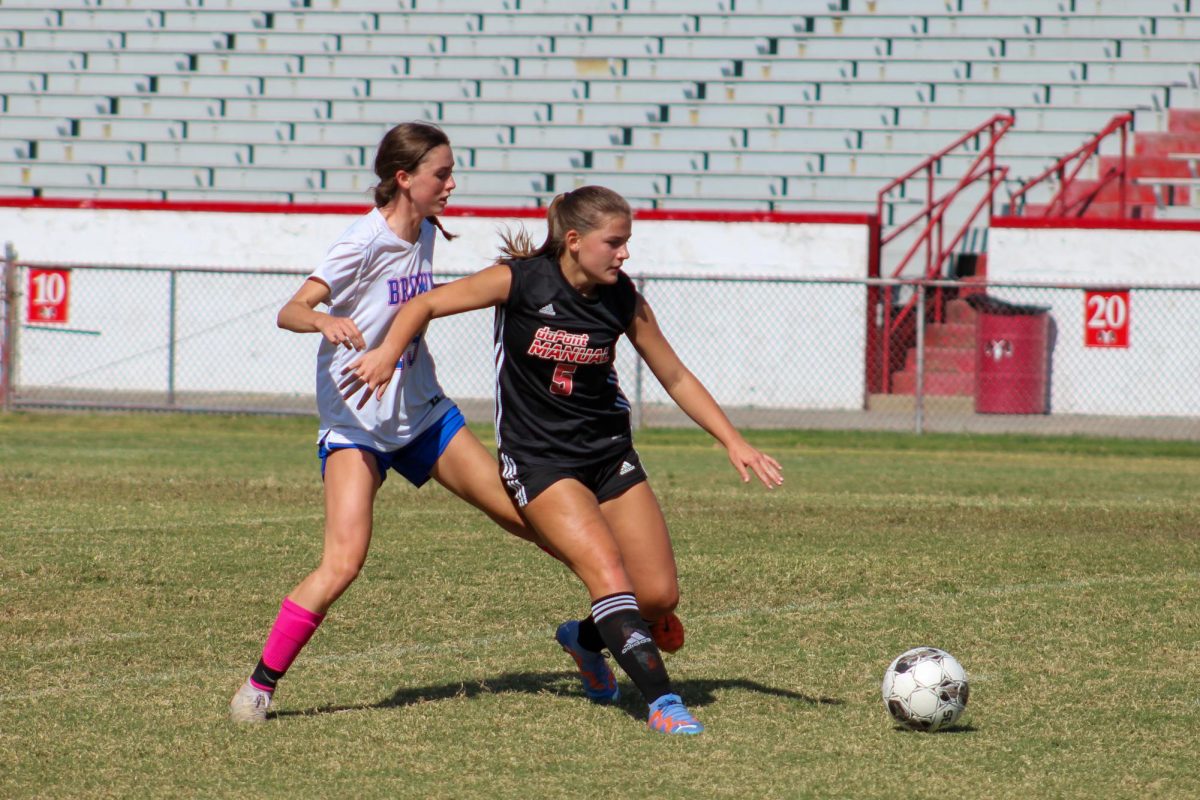

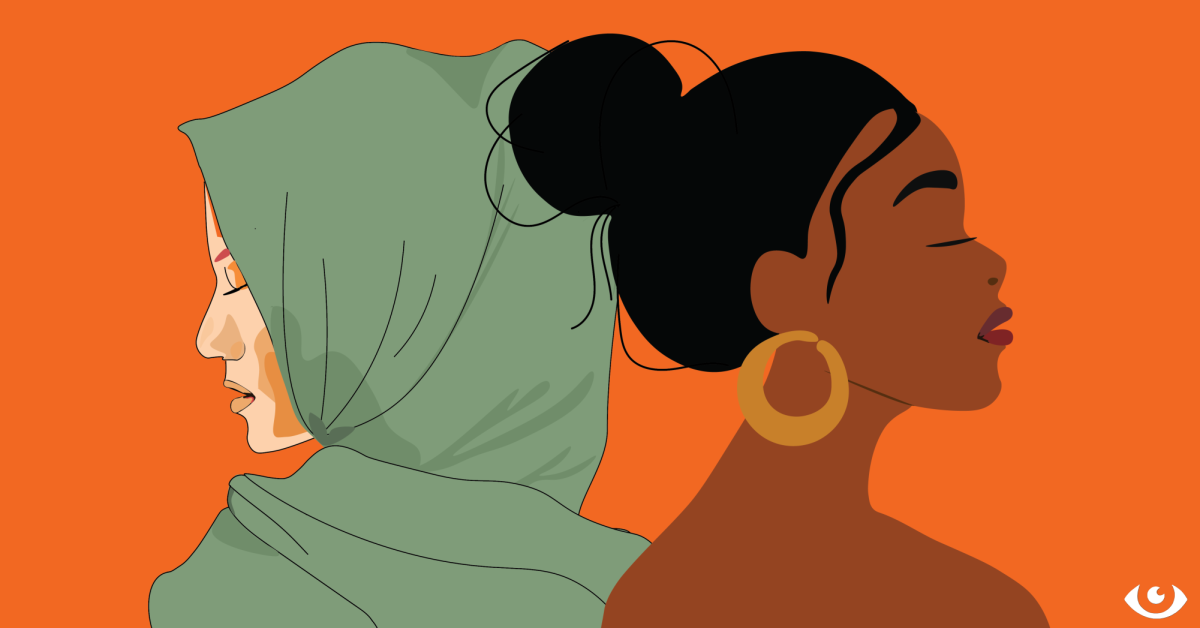
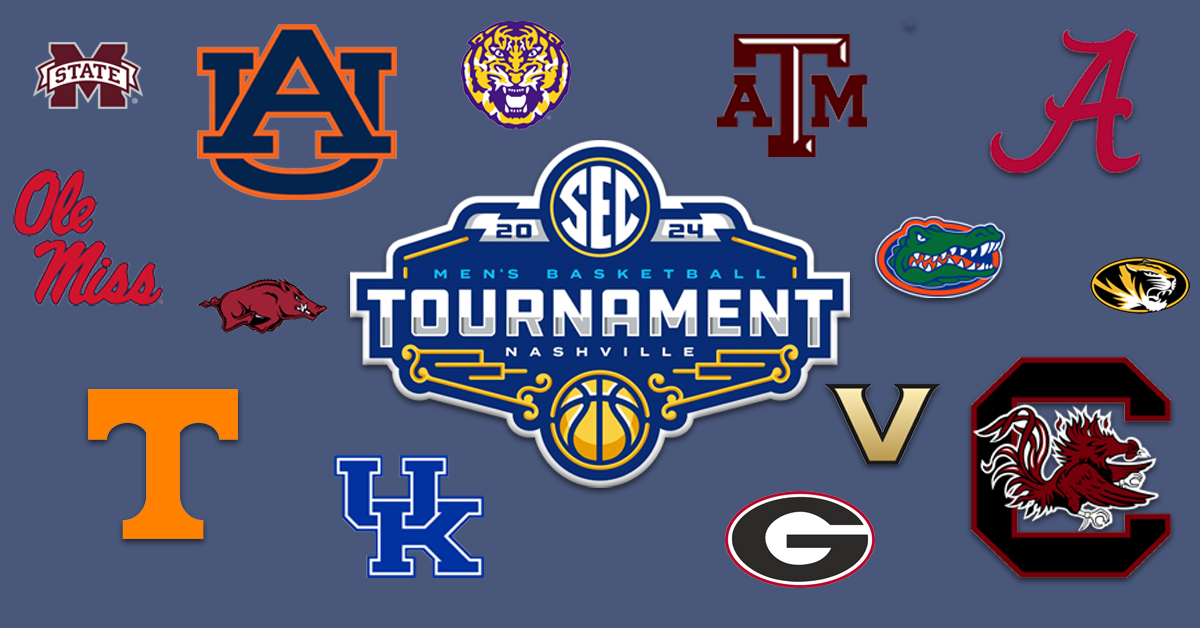
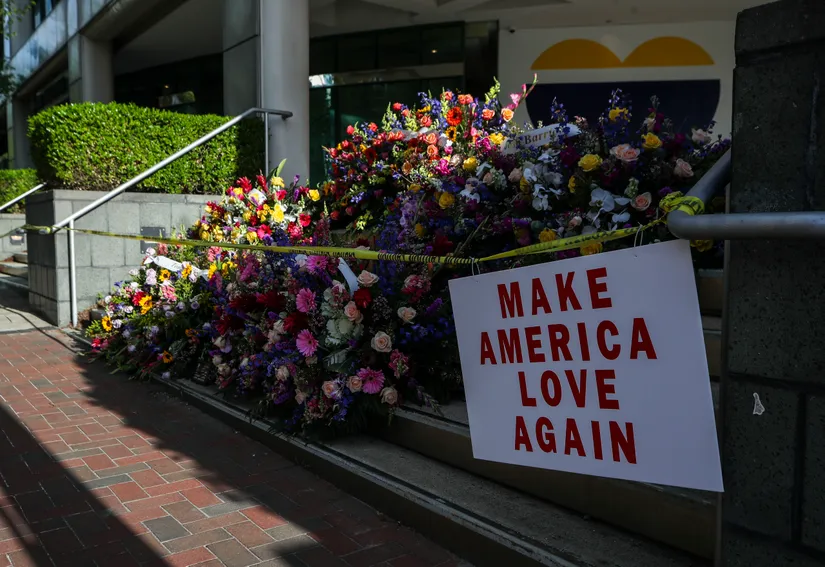
Nicole White • Jan 25, 2019 at 1:15 pm
Not to mention the fact that so many celebrities and news outlets were seemingly a-okay with attacking KIDS. It doesn’t matter if they look grown up or are teenagers, these boys are still in high school and their brains aren’t developed enough to know the full consequences of their actions. Teenage boys tend live in the moment and we all should know that. It disgusts me that people would send death threats to literal children when you could just talk to them and understand the motivations for their actions.